Two of Woking’s Best, “Mine” for the Moment
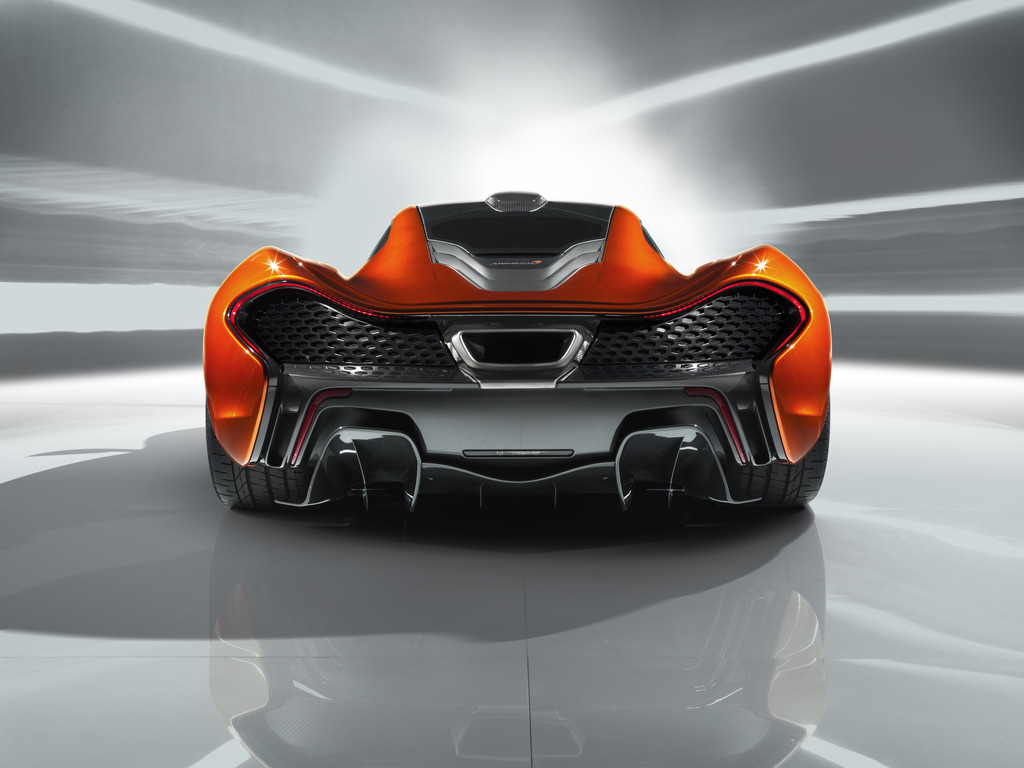
A lifelong petrol-holic, mechanic (cars, motorcycles, boats) and automotive journalist since penning a column for his high school newspaper, internationally recognized attorney Tim Lappen is a partner at a major Los Angeles-based law firm, where he chairs the firm’s Family Office Group and its Luxury Home Group and is, of course, a member of its Motor Vehicle Group. He can be reached at tlappen@gmail.com or visit LifeInTheFastLane.org
Remember when you’re a kid and you really wanted something, so you’d talk about it, dream about it and, if you had New-Age parents, you might have even created a vision board for it? Or perhaps when you got older, you whiled away the hours looking at magazines and catalogs dealing with your crush. Since this is an automotive article, we’ll surmise that those publications might have included Motor Trend, Car and Driver, Road and Track, Hot Rod or even J.C. Whitney. No doubt, you probably had a poster of your crush on the wall. (Remember, this is a car article, so let’s say a Countache, a Vector, or an F1 McLaren.) Well, if cars were your crush and, in the last 30 years, you had a poster of that crush, odds are it was a McLaren, first an F1, then more recently the P1, and finally the Senna.
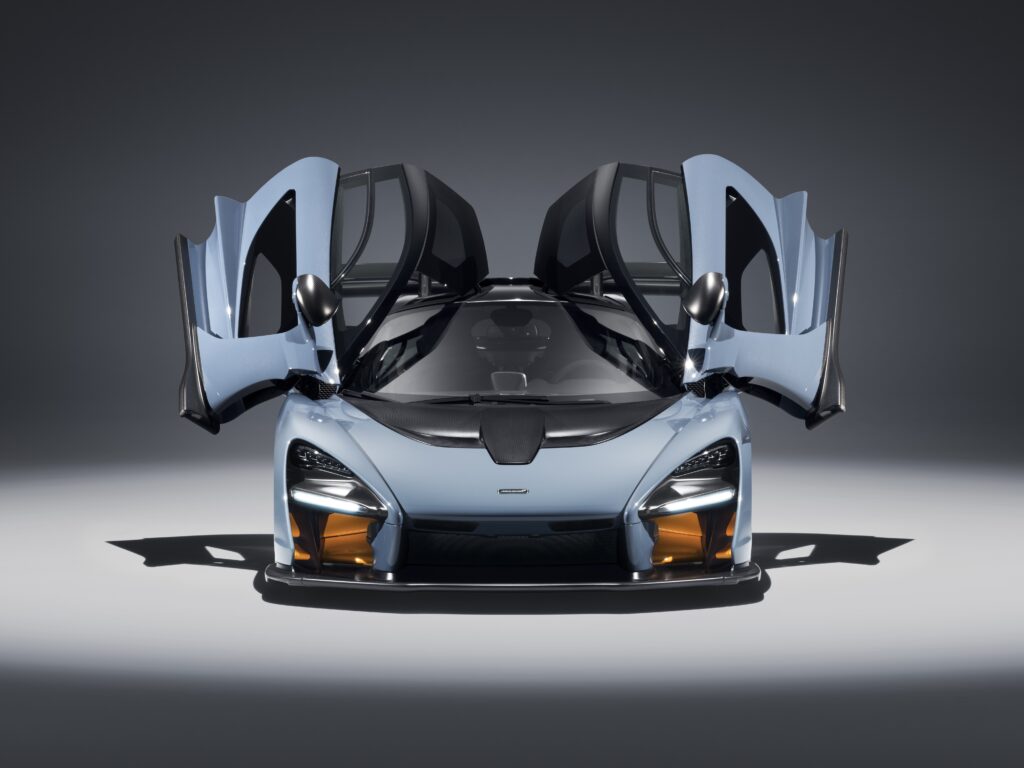
Lucky me! I didn’t hit the trifecta (the F1s now trade at around $20,500,000, so borrowing one is unlikely), but I did hit the duofecta—McLaren arranged for me to drive both the P1 and the Senna. Boy, did those supercars live up to the fantasy! Lucky me, I got to drive two of the three cars in McLaren’s “Ultimate Series.”
Let’s take a step back. The F1 first came out in 1992, and 106 were built during that 6-year run. A 3-person vehicle, the driver sat dead center in the front (best weight distribution for racing and perfect sight lines on the track). The two passengers sat slightly behind and on either side. At a typical base price north of $800,000, the car had 600 ponies (it used a V12 BMW-created engine), 480 pound-feet of torque, could run 0-60 miles per hour in about three seconds, and had a top speed of 240 mph (by far the fastest production car to that date and still one of the very fastest). It really was the ultimate supercar of the nineties. Some 30 years later, it still remains at the top of the small group of super-fast production cars. (Three decades is an unheard-of time to stay on that leaderboard!)
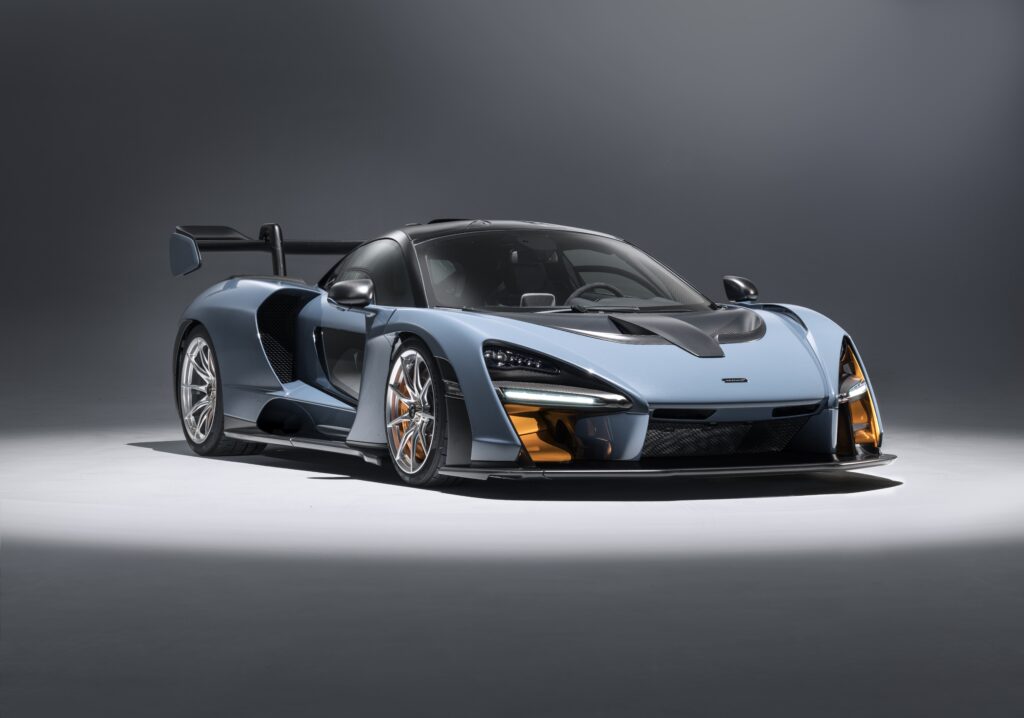
The P1
Moving ahead to the present era of super McLarens, the P1 was introduced in 2012 at the Paris Motor Show. It had a decidedly different look. Thought by some to be the successor to the P1, McLaren clarified that the Speedtail (introduced in 2020) eventually wore that mantle, but the P1 was a worthy pretender to the throne.
Though the F1 was so aerodynamically and aggressively designed that it actually won races (like Le Mans) against some actual race cars. The P1 had the look of a car on which the designer decided to melt all of the edges. The show car was a pretty, bright, burnt orange color, so it was clear that the P1 was born to stand out. Unlike the naturally aspirated F1 (meaning it had no turbo- or super-charger), the P1 sports a hybrid drivetrain. During its 2-year production run, a total of 375 P1s were built, with almost 35 percent being sold in the US. (The second-biggest market was Europe.)
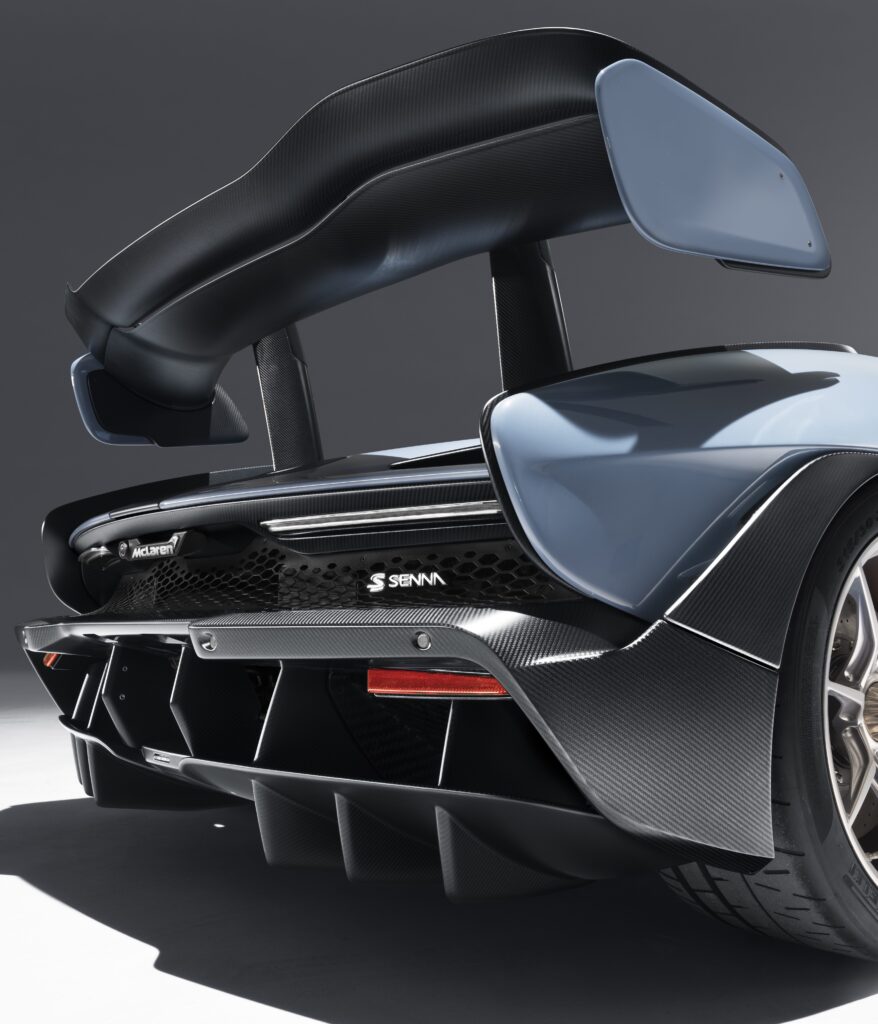
With over 900 horsepower (a lot in those days and not too shabby today), the P1 obtained 727 of the ponies from a twin-turbo V8 motor and the rest from the electric motor. Electric motors provide virtually 100 percent of their power immediately, so their addition is a tremendous boost (pun intended) to the 0-60 time challenge: the P1 did it in 2.8 seconds and went on to 124 mph in a total of 6.8 seconds, then hit 186 mph in a total of only 16.5 seconds (faster than most people will read this paragraph).
The seating in the P1 is more traditional, with a driver on one side (right or left, typically depending on country of delivery) and the passenger on the other. There is no back seat. The purpose of this car was not to coddle the occupants, but to get from Point A to Point B really quickly. With performance similar to a Ferrari LaFerrari and the Porsche 918 Spider, the P1 is rarer (fewer were built) and, at an initial cost of about $1.1 million, substantially less expensive than its two main competitors. Today, P1s often are seen for sale at prices exceeding $2 million.
Driving the P1 was a real treat, albeit a short one. “Mine” was for sale, so the test drive was limited to 10 miles (or eight seconds, whichever came first). Fortunately, those were some beautiful miles. The car was delivered to me at the wonderful Resort at Pelican Hill in Newport Coast, California. After a static photo shoot, I was able to drive it down to Pacific Coast Highway and over to Crystal Cove for more pictures. Thanks to my friends at McLaren Newport Beach, I was able to experience the car on some straightaways. However, as the statute of limitations runs another few years, I only will say that driving it was … OMG!
The Senna
The Senna, unveiled in 2018 at the Geneva Motor Show, is an homage to Aryton Senna, certainly one of the greatest Formula One piloti of all time. The McLaren named for him is very quick, very unique looking, and all fire and brimstone.
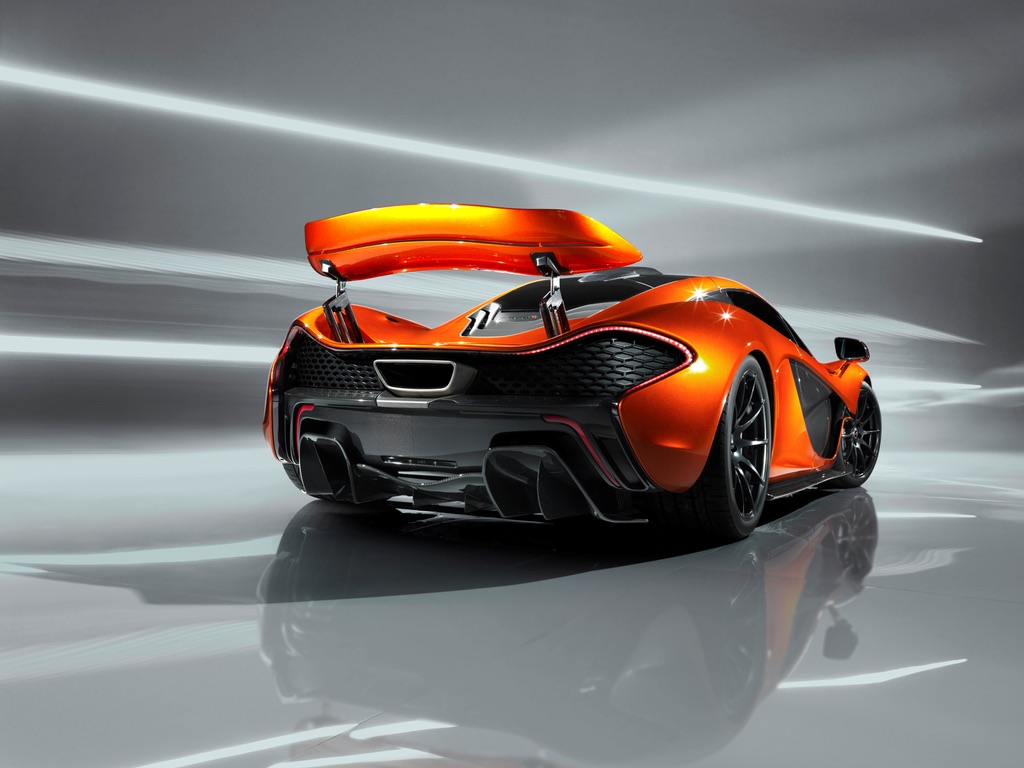
With 789 horsepower from a twin-turbo V8, the Senna achieves its incredible performance without the use of any electric boost, instead relying on its great power-to-weight ratio. It tips the scales at under 2,700 pounds. (For comparison, a new Corvette weighs about 3,650 pounds, some 35 percent more). All McLarens that I’ve driven feel faster than they are: they are the ultimate point-and-shoot road cars providing excellent road feel, highly-responsive handling, and super-quick acceleration. The Senna takes that up several notches, partly because the carbon fiber molded seats make sure that the driver and passenger are at one with the machine.
An interesting design feature is the optional glass lower panel on the winged doors. It allows the occupants a direct look at the road inches below the bottom of the door, providing an even greater feeling of speed. Plus, it looks cool.
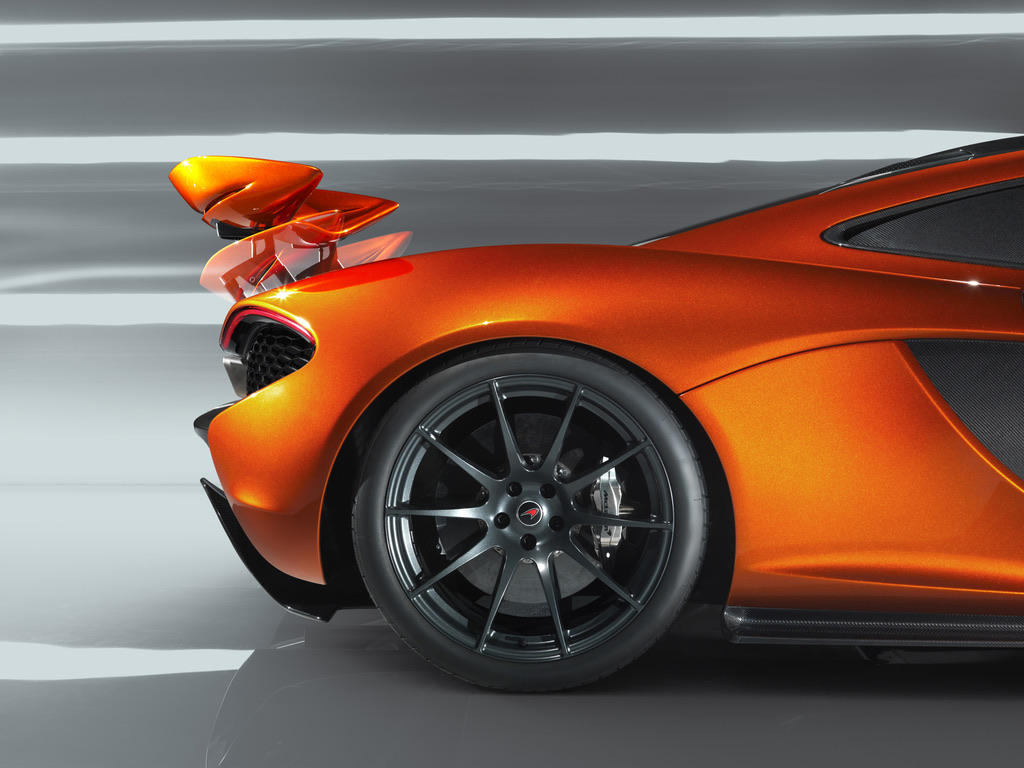
The engine song is another story worth telling. It’s clear from start-up that the Senna means business. It’s also why it’s so much fun to drive, as the engine roar is terrific feedback to the driving experience, almost a siren’s call beckoning the driver to go faster and faster. (Note the use of “siren.” It didn’t happen to me, but it could’ve!)
The style has no bad angles, either. There’s something going on at every panel—a scoop here, a winglet there, some concave and then convex surfaces. “Mine” was a deep purple which changed colors in the light, so along with its gold touches, it looked something like the world’s fastest Lakers tribute car.
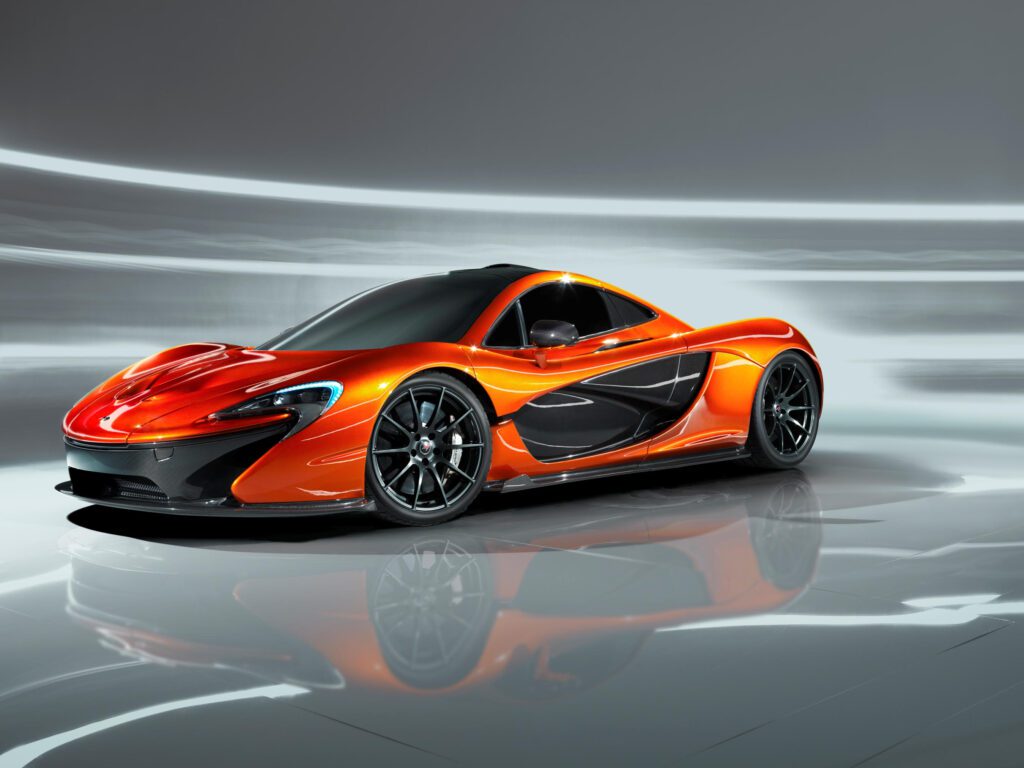
Still basking in the afterglow of the McLaren duo, I must say that the wizards of Woking (in Surrey, England) sure know how to make adrenaline-creating autos. I suspect that, if we were to study the wiring diagram for McLarens, we would fine a pure, golden circuit running smack into the driver’s medial forebrain bundle, the pleasure center of the brain. That’s how immediate the pleasure of driving either of these cars hits the pilot.
These cars made me want to be a better driver and allowed my mind to conjure up the soundtrack of a X-wing star fighter sequence. Though I only had a few hours with the P1 and a full day with the Senna, it’s almost as if the space-time continuum was interrupted in some way, Matrix-like, so after driving each of these cars, I somehow was younger at the end of the experience. At least I like to think so.
Images: credit @TK
